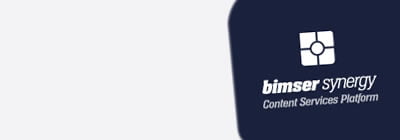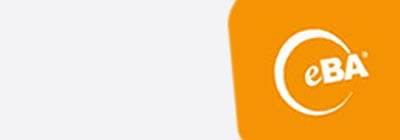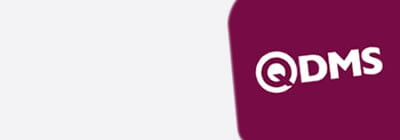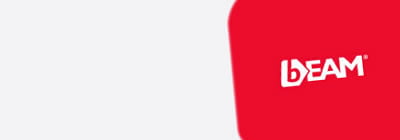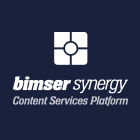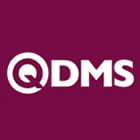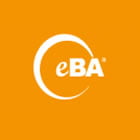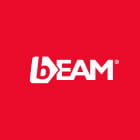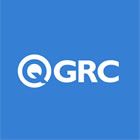OHS Software
With QDMS Occupational Health and Safety solution, processes related to occupational health, safety and occupational health that organizations are obliged to follow and manage can be easily carried out both on mobile and web environment. Occupational Health and Safety related documents, risk assessments, incident-accident-incident-incident notifications, corrective actions, field inspections, periodic health records, embezzlement follow-up of personal protective equipment, emergency and drill management processes can be easily managed; outputs can be reported and monitored.
ISO 45001
ISO45001 is the Occupational Health and Safety management system published in its final version in March 2018 and replaces the OHSAS 18001 standard. The purpose of the ISO 45001 standard is to create a framework to enable businesses to reduce risks in their work environments, improve the safety of employees and create safer working environments. With QDMS Integrated Management System Solution, organizations can fulfill the requirements of ISO 45001 standard.
One of the most important points for organizations to protect themselves in rapidly changing market conditions is risk management. QDMS Integrated Management System solution offers you the necessary solution in this regard. Risk management, in the broadest sense, is the process of analyzing the impact of undesirable situations and events that may arise in a process, activity or region; planning preventive actions before these risks occur with a proactive approach and keeping them under constant control. Risk management consists of risk identification, analysis, planning of risk mitigation actions and continuous control processes. Management systems view risk management as an indispensable element.
Fine-Kinney Method
Occupational Health and Safety is one of the most important methods used in risk analysis. In this method, 3 multipliers are used for risk calculation. These multipliers are: Probability, Frequency and Impact/Loss. According to the results, if the risk value is less than 20, it is called a tolerable risk; if it is more than 400, it is called a risk that requires urgent action to be planned by interrupting the study.
What is PPE? Personal protective equipment (PPE) is the equipment that protects the personnel in the workplace against any undesirable event/work accident and is assigned to the relevant person. The Personal Protective Equipment Module of the QDMS Integrated Management System Solution enables you to effectively manage the equipment used by your employees. Helmets, safety glasses, gloves, masks can be counted among the sample personal protective equipment. Legally, a PPE embezzlement report is signed with wet signature during the delivery of personal protective equipment to the personnel.
Depending on the hazard classes of workplaces, employees are subjected to routine health examinations at certain periods. According to the relevant regulation, these periods are as follows: At least once every 5 years for workplaces in the less dangerous class, at least once every 3 years for workplaces in the dangerous class, and at least once a year for workplaces in the very dangerous class. Periodic health examinations are recorded in accordance with the Annex 2 format specified by the Ministry of Health. This procedure can be followed with the Periodic Health Examination module of Bimser’s Integrated Management System solution.
Third parties may need to enter the work site for various purposes. These people are company personnel called subcontractors/contractors who do business with the company and provide some services to them. However, a number of procedural permits must be obtained in order for the contractor company personnel to enter the site of the company it serves and to work on the site. Work Permit Management is the process in which stages such as training, sgk declaration, risk assessment that need to be controlled in order for the subcontractor company personnel to work on site are managed.
According to Law No. 6331 on Occupational Health and Safety, employers are obliged to carry out controls, measurements, examinations and investigations to determine the risks to which the working environment and employees are exposed in terms of OHS. At the same time, businesses continuously monitor certain parameters to determine the impact of their production processes on nature and society. As an example of these measurements; Ambient Noise Measurement, Personal Noise Measurement, Body Vibration Measurement, Ambient Dust Measurement, Greenhouse Gas Emission Measurement, etc.
It is possible that undesirable situations may arise in an enterprise. During risk assessments, the probability of these situations is emphasized and necessary actions are planned. However, if these situations occur in spite of everything, the risk is now realized and an EVENT has occurred. Incidents can be broadly divided into 2 groups: Occupational Accidents and Loss of Life. Occupational accidents are incidents that affect work, resulting in death, injury or loss of working hours. Ramakkala is an event that has the potential to cause harm to the worker, equipment or work environment but does not. In any case, it is indispensably important to address and evaluate incidents, perform root cause analyses and plan the necessary actions.

